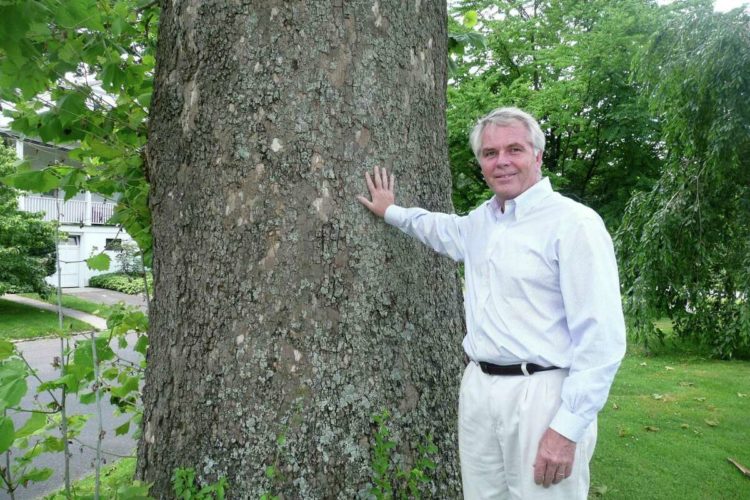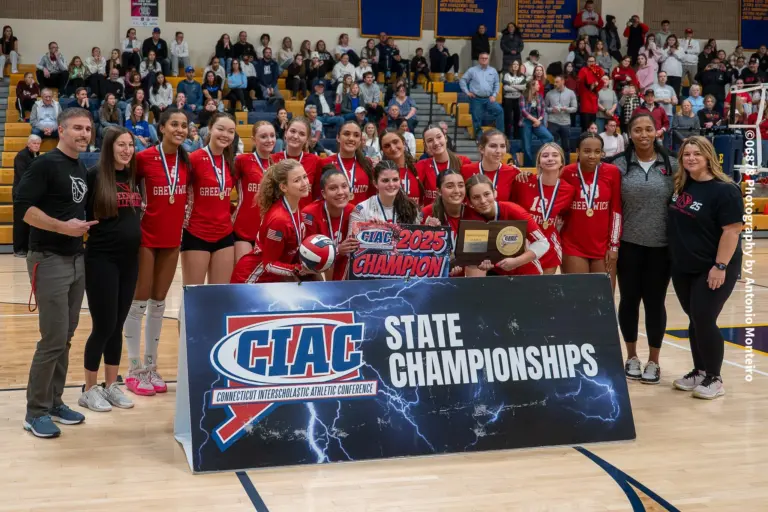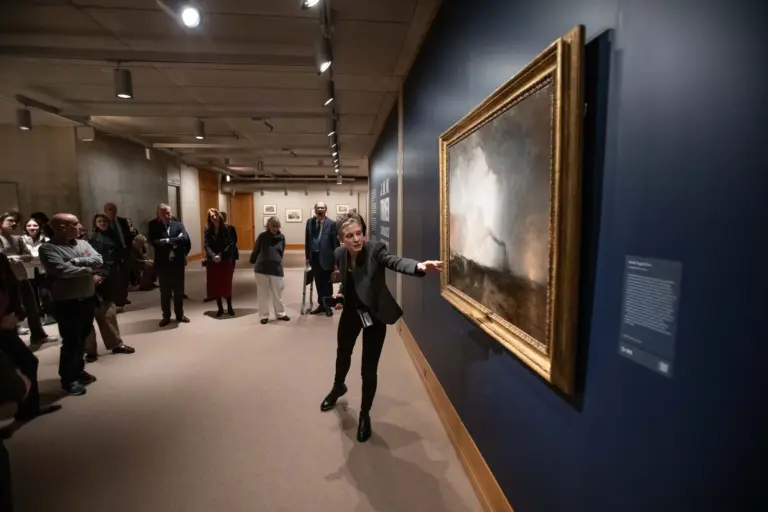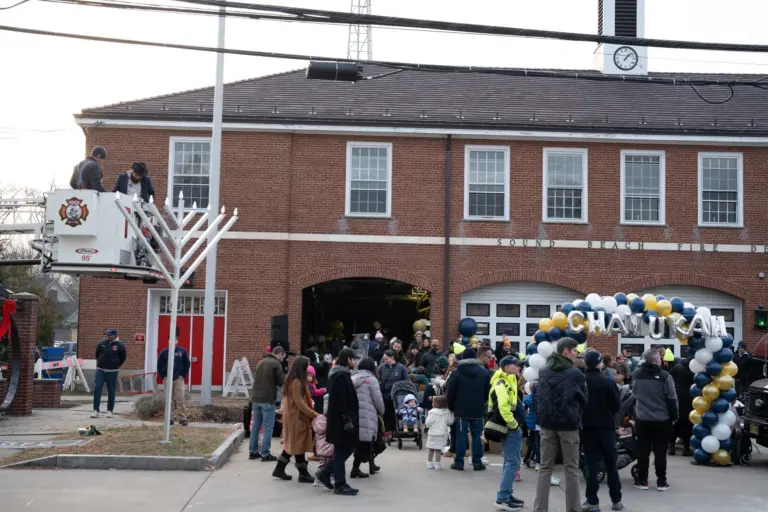
By Mary A. Jacobson
“Don’t think of Greenwich as a town with trees in it. Think of Greenwich as a town in a forest.” So spoke former Greenwich Tree Warden Bruce Spaman, who served the Town of Greenwich from 2002 to 2018, when interviewed by Anne Semmes for the Oral History Project in 2019. “If you were to take a bird’s-eye view of Greenwich and then look down on it, you would see that…It truly looks like a town in a forest, although the part of the forest I was managing was just publicly owned trees.”
According to Spaman, Greenwich contains about 1100 acres of parks, including open-space properties, formal parks, and pocket parks. In addition, there are 250 acres of school campuses and 75 acres of athletic turf and fields. Add to that “a forest of street trees that’s probably 650 acres on over 265 miles of town roads. So, that’s a considerable forest that people drive in every day.” That responsibility only adds up to about six percent of the total land area in town.
Spaman’s interests in arboriculture and forestry began early. As a young boy, “I was in Boy Scouts . . . and I was always just out in the woods and on my own. I didn’t know you could make a job out of it.” He graduated with a degree in forestry from Paul Smiths College in Paul Smiths, New York, in the Adirondacks, in 1974. “From there, I just basically got immersed in trees in general, arboriculture doing tree work, learning the climbing, doing all that.” In the early eighties, the field of community forestry started to emerge which “brings together the arboriculture business and the forestry business . . . mostly with regards to managing municipal or town-owned trees.” Spaman worked for over thirty towns in Connecticut before being hired in Greenwich in 2002.
Spaman’s contributions over the years include a revision of the Tree Ordinance in 2009 and, within it, the Public Tree Policy “steering toward a more holistic management of the community forest.” The Nuisance Policy, for example, would enable the town to deal with a dying tree, on private property, leaning towards a public road. If, after numerous notifications, the homeowner did not remedy the situation, the town had “the power to essentially go on to the property, abate the nuisance, and charge the landowner.” Spaman was quick to point out that “we don’t remove trees for what trees do naturally. And if they’re dropping leaves, they’re dropping twigs, they’re dropping nuts, or they have wildlife living in them, that’s kind of a natural thing to us.”
One notable concern over the years was the pruning methods of power companies. “I put a section in the Public Tree Policy of how we handle utility clearing for trees in town.” Before this amendment occurred, the power companies seemed “to get more and more aggressive on their requirements for pruning trees… they said they needed to clear what they call ground to sky, which was basically taking all the branches off the wire-side of the trees. You can’t take half the green out of a tree and expect it to live very well.” The Public Tree Policy now requires a permit with rules of what can and cannot be done. “The people of Greenwich deserve reliable electric power but not at the expense of good arboriculture.”
Diversity of tree plantings was another goal of Bruce Spaman. “What we strive for when we’re managing our community forest is a diversity in species and a diversity in age classes.” Spaman could look to the destructive diseases that had plagued Greenwich’s numerous beloved Elm trees in the past or to the Sugar Maples on Lake Avenue that succumbed to old age at the same time. “…all of a sudden, we were taking Maple trees down like crazy.” Now, with replanting, “… we’ve put the large shade trees on one side of the street and the smaller ornamental trees underneath the power lines so that we don’t create problems in the future.” Spaman is also not averse to planting certain non-native trees, like Gingko or Katsura trees, that are not invasive or noxious or a nuisance. If he gets pushback for that, he responds, “… you wouldn’t want to go to a museum and only want to see American art.”
Spaman is proud of the partnerships he has maintained in the town. “… no community forestry program, park management program, can operate in a vacuum… It takes a community and volunteers and community effort and community concerns to really manage these assets.” If a garden club “wants to plant tulip bulbs, we’ll supply the tulip bulbs if they’re put on public property.” The Greenwich Tree Conservancy, founded in 2007, has also been a close and productive partner with the town, raising awareness of its tree heritage and planting hundreds of trees over the years.
In conclusion, Spaman mused, “… to make a community, it’s the people. It’s the culture. It’s the architecture… I feel the parks and the trees are part of the tapestry of what Greenwich is. It doesn’t complete Greenwich, but it’s important. And people understand that because they’re very concerned about their parks and their trees in this town.”
The interview entitled “Greenwich Tree Warden” may be read in its entirety at Greenwich Library and is available for purchase at the Oral History Project office. The OHP is sponsored by Friends of Greenwich Library. Visit the website at glohistory.org. Our narrator’s recollections are personal and have not been subject to factual scrutiny. Mary Jacobson serves as blog editor.




